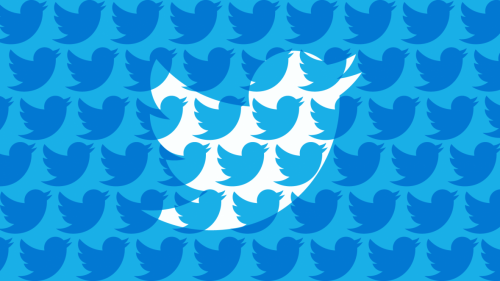As bots become more humanlike, there are systems capable of mimicking human conversation. MIT Technology Review provides people with ways to detect fake accounts.

Twitter has recently shut down more than two million accounts or bots. It could only remove obvious offenders and there are tricksters to be expected when it comes to fake users.
Here are the five signals to tell you are chatting with a bot:
- Its user profiles
Bot profiles usually lack a photo, a link, or a bio. More complex bots might use stolen photos and automatically generated account names.
- Tweet syntax
A bot’s tweets often reveal algorithmic logic—for example, they might be repetitive or use common responses. Moreover, comprehending the nuances of human language is a difficult task for machines—missing a joke and changing the subject are potential warning signs you might be chatting with a bot.
- Tweet semantics
Bots are sometimes fixated on a specific topic, perhaps sharing or tweeting the same post.
- Temporal behavior
If an account tweets at highly regular intervals, it may be a sign of a fake profile as well.
- Network features
Network dynamics aren’t visible to users. But bots may follow a few profiles and be followed by many other bots, lacking social interaction can also indicate that the account is fake.
As AI develops at a very fast pace, it is necessary to observe its progress from time to time to keep it under control. Developers and organizations should use a certain set of standards to keep track of the technology’s development. The AIWS 7-layer model for AI ethical issues developed by MDI can be a good one to follow.










